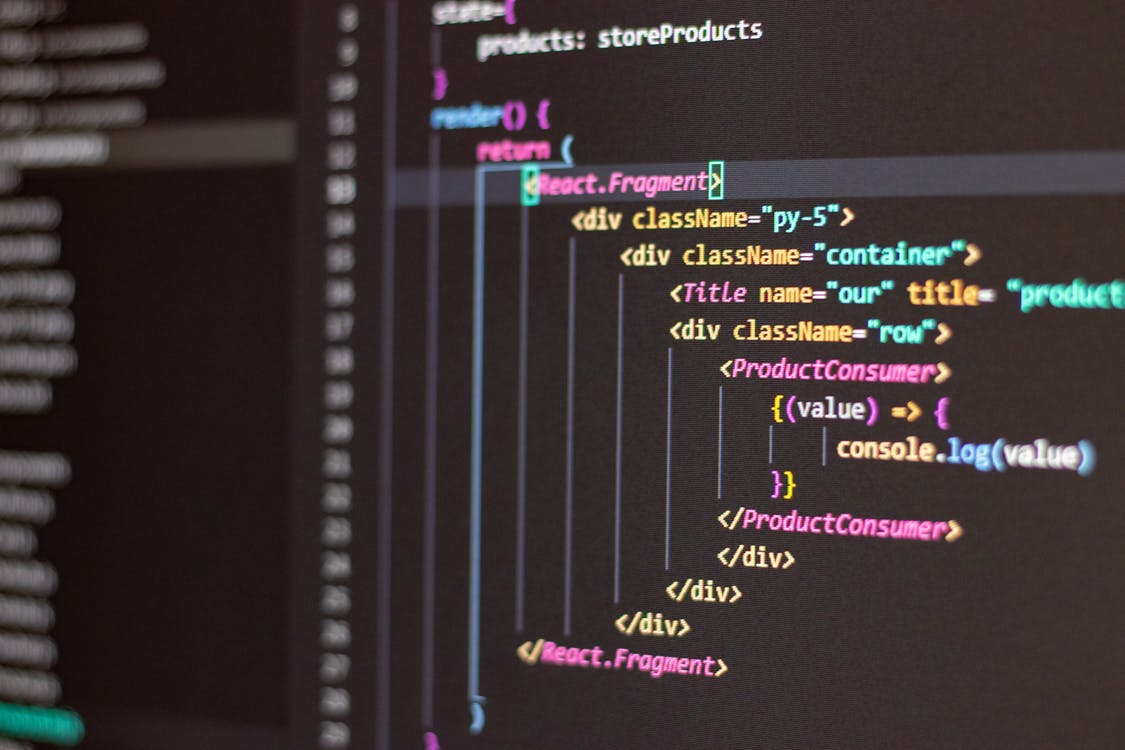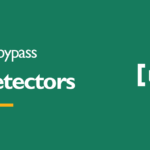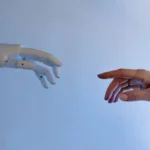The term ‘plagiarism’ is a head-scratcher for students. It is the final checkpoint on every assignment. Generally, students assume that plagiarism means stealing someone else’s work and passing it off as yours.
But that’s not the half of it. Plagiarism takes different shapes and forms. You can write a paper from scratch, and the similarity report will be higher than 50%.
So, what is considered plagiarism, and how can you avoid it?
Let’s go ahead and discover various forms of plagiarism and explain how an online plagiarism checker works.
What is plagiarism?
Plagiarism is a criminal offense that tarnishes your academic and professional integrity. It is the theft of ideas. If writing were a religion, plagiarism would be a sin.
Some people argue that plagiarism is a victimless crime. After all, nobody really suffers from this act.
I beg to differ.
Imagine creating a remarkable art piece, and the next day, you see some artist taking credit for your work — your hours of sweat and tears. How would that make you feel?
Let’s take it a bit further…
Imagine you have a terminal illness (knock on wood) and the doctor treating you plagiarized their way through college. Doesn’t sound fun, eh?
But wait a minute, not all forms of plagiarism are equal. Some will put you at risk of jail time, while others are considered errors of omission.
Here are the various forms of plagiarism:
- Clone plagiarism
- Clone plagiarism
This form of plagiarism involves copying someone’s work blatantly without giving credit. Technically, this act can land you serious jail time in some countries, under the intellectual property law. If the text fragment you want to copy must be quoted, provide the proper in-text citation.
- Salad plagiarism
- Salad plagiarism
Students come up with several ways to outsmart their teachers. But teachers easily catch up to these petty tricks.
Salad plagiarism is when you copy information from different sources, mash them together, and include a few words of your own. This form of plagiarism often carries the same gravity as clone plagiarism.
A seasoned pro will detect this trick in a heartbeat.
- Paraphrasing
- Paraphrasing
More resourceful students will go the extra mile to paraphrase someone else’s ideas for their paper. Summarizing the passage is not the same as delivering your own thoughts. You can switch the words, but the idea never changes. Someone else owns the idea; the words are simply vessels.
So, nice try, buddy. It is still theft if you don’t give the person credit.
- Self-plagiarism
- Self-plagiarism
Now, this is the most baffling for students. How can I be accused of stealing from myself? Doesn’t make any sense!
Well, the academic community is split on this issue. But the current guidelines discourage publishing your old ideas as novelty. You must cite the original paper if you want to use old ideas.
- Incorrect citation
- Incorrect citation
Crediting the author but including the wrong date, or altogether omitting one of the authors is also plagiarism, albeit to a lesser degree. You can also fall into this trap when you cite someone that didn’t contribute to the work.
Yes, lecturers know that students make up citations on the fly.
This offense is often considered an error of omission without any serious threat of jail time.
- Accidental plagiarism
- Accidental plagiarism
Sometimes, you come up with an idea, not knowing that it already exists. After all, ideas don’t exist in a vacuum. But whether deliberate or accidental, plagiarism is still a criminal offense.
So, be careful to check your work before submission. Use anti-plagiarism software to check your paper’s uniqueness.
How does anti-plagiarism software work?
I have several gripes against automated plagiarism checkers, but I must admit that they are better than the human alternatives. I will admit that sometimes, these programs and software provide a similarity report that makes you go, “what the heck?!”
Let’s consider a plagiarism checker like Turnitin; the program employs different algorithms to match text to sources and online databases. The most common technology is string matching.
What is string matching?

A string is a line of text in a computer program. Programmers have come up with an algorithm that searches for similar string clusters in a text. As a result, whenever the program comes across a text fragment that matches another internet source, it flags it as plagiarism.
Consider this sample scenario:
Your text: This is not plagiarism.
Database: Plagiarism is not this right here.
The above result will give you are very high similarity index, if not 100%. The only problem with this technique is that it only looks for similar text and patterns without providing any context.
The entirety of human vocabulary is limited, and most academic language follows the same pattern. This explains why you come up with an idea from scratch, and the software flags it as plagiarism.
How can you avoid plagiarism?
Copying someone’s work is a high-risk, low-reward game. Don’t be lazy; spend the extra hours to research for your paper. Remember that if you get caught, your reputation will take a massive beating forever.
So, always credit the original authors. Cite the right source of information even if you paraphrase the idea. You can use any writing tool or online citation bot if you don’t know how to format your paper. To be on the safe side, run your paper through a plagiarism checker before submitting it.
In essence, plagiarism is a criminal offense that you should avoid at all costs. It extends beyond blatantly copying someone’s else work. You can get in trouble for crediting the wrong person for the work. Use plagiarism checkers and citation bots to save yourself the embarrassment.
Who wrote this?
As the owner and editor of SomebodySays, Ugo Ezenduka shows readers the fundamentals of content writing and blogging to help them adapt to the ever-changing landscape.
He has collaborated with several IT and publishing companies to create articles and blog posts that customers crave. When he is not in front of a screen, Ugo can be spotted somewhere with a camera or on a football pitch.
- Ugo Ezendukahttps://www.somebodysays.com/author/ugoezenduka/September 8, 2023
- Ugo Ezendukahttps://www.somebodysays.com/author/ugoezenduka/October 12, 2021
- Ugo Ezendukahttps://www.somebodysays.com/author/ugoezenduka/October 12, 2021




